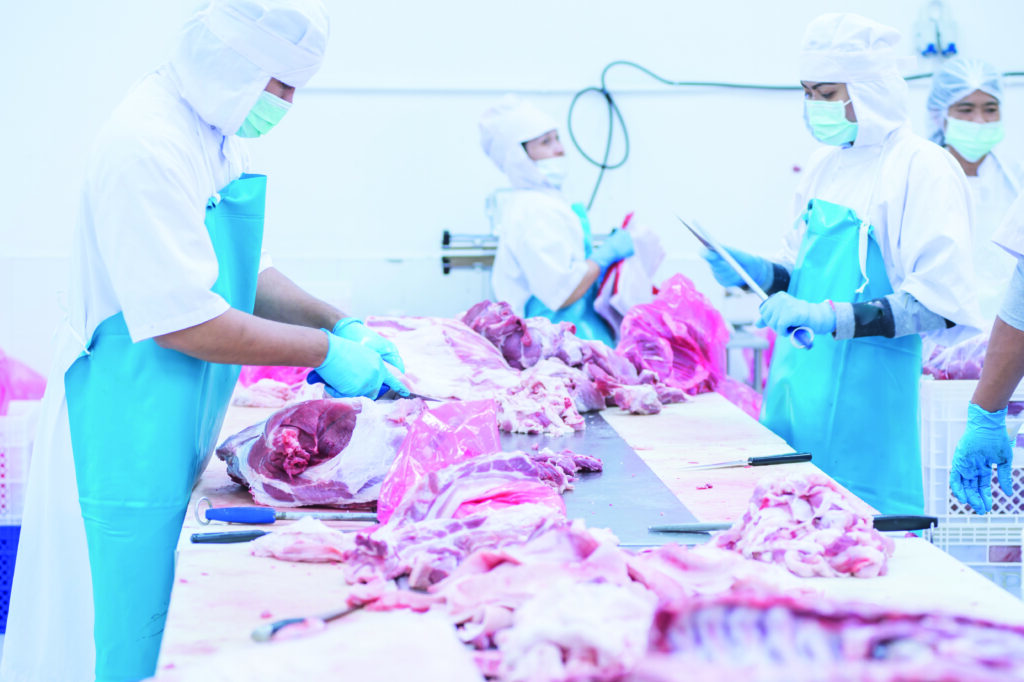In the year to September, South Korean pork imports have expanded 8% year-on-year to 376.6 thousand tonnes.
According to AHDB analysis, this was driven by strong increases in the first half of the year, with demand for pork growing on back of disease outbreaks in the poultry sector. However, in most recent quarter, volumes stabilised on 2016 levels as supplies of domestic pork are now increasing.
While fresh/frozen pork import volumes were overall stable in Q3, individual suppliers recorded different trends. South Korean pork imports from the US and Germany continued to climb on year earlier levels, by 8.5 thousand tonnes (+33%) and 5.1 thousand tonnes (+21%) respectively. Meanwhile, Spanish shipments declined by 7.8 thousand tonnes (-34%). While a small supplier, the UK was also affected and South Korea reported a 35% decline in imports of British pork during Q3 2017 (-0.4 thousand tonnes).

Looking forwards, domestic production is expected to continue increasing in South Korea over the coming year. Strong demand for pork is supporting prices, with domestic product increasingly in demand following from concerns over hepatitis E in imported German and Dutch sausages. In addition, implementation of a Foot and Mouth Disease (FMD) eradication programme is helping producers maintain and expand their herd size. As such, while the latest USDA forecasts anticipate South Korean pork consumption to grow by just under 1% (+12 thousand tonnes cwe) in 2018, this extra demand is expected to be satisfied by a 2% increase (+25 thousand tonnes cwe) in domestic production.
Overall, it seems the South Korean import market could be more challenging next year. Indeed, the latest USDA forecasts anticipate a 4% drop in shipments compared to 2017 levels. With the key Chinese market also anticipated to import less pork next year, reduced demand from South Korea will likely further intensify competition between exporters on the global marketplace. The EU may be particularly affected by this, as South Korea has been one of the countries partially compensating for the slowdown in EU exports to China this year. As such, there may be increasing pressure on other EU export markets, such as the Philippines and the US, and on EU domestic consumption.




